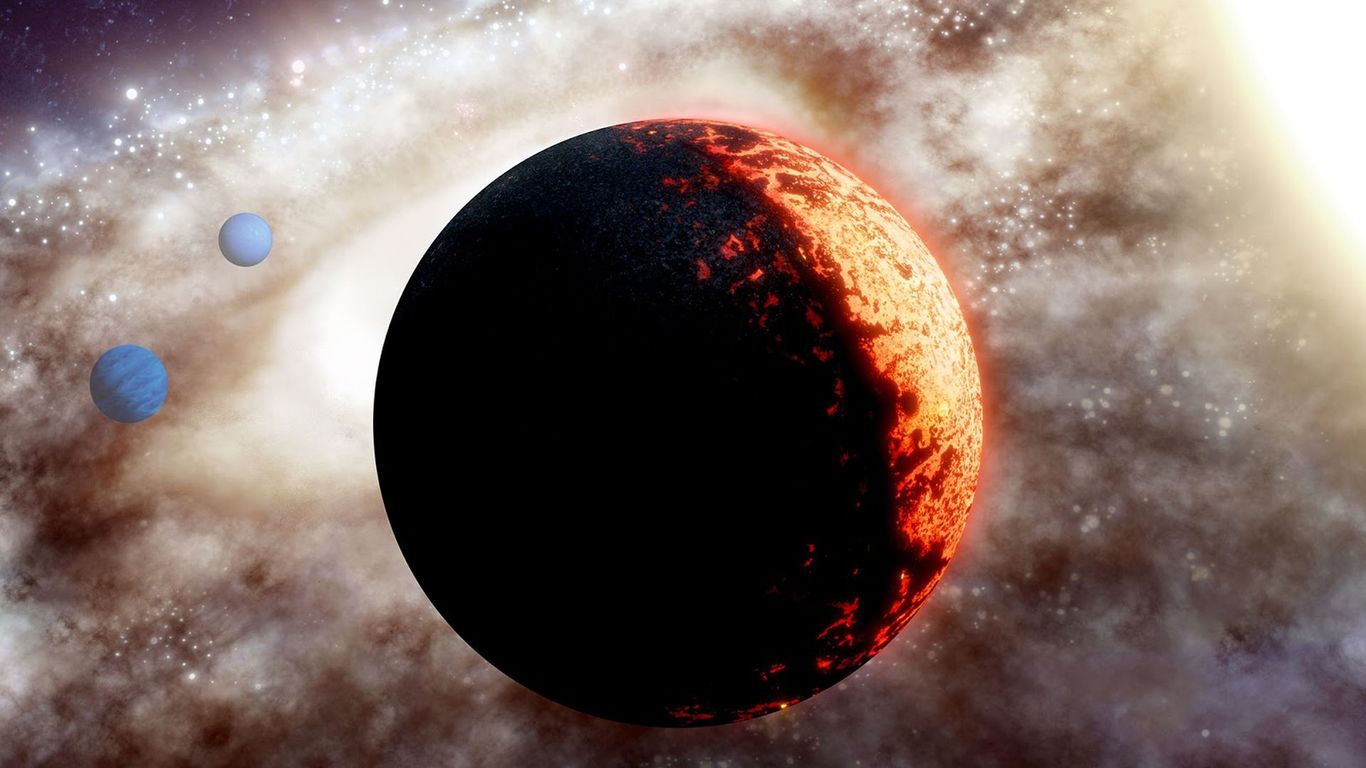
Scientists have discovered a “super-Earth” rocky planet in an ancient star system that probably formed ten billion years ago, just a few million years after our Milky Way galaxy.
Why it’s important: The newly discovered planet probably can’t support life, but in general, researchers think older planetary systems are more likely to host life because they have a long life.
- “Wow, if we’re only 5 billion years old, imagine what could have happened in a rocky world that existed for 10 billion years. I’m sure I’d like to find out,” said Lauren Weiss of University of Hawaii held a press conference Monday at the annual meeting of the American Astronomical Society.
What they found: The planet, called TOI-561b, revolves around its star in less than half a day on Earth and is approximately 50% larger than our planet.
- Weiss said the world will probably host an ocean of magma next to the planet facing its star.
- Weiss also said that there are two other planets orbiting the star, which are believed to be gaseous and more distant than the rocky world.
- The researchers used NASA’s TESS mission and the Keck Observatory to find and confirm the super-Earth, and a study detailing the finding has been accepted. Astronomical Journal.